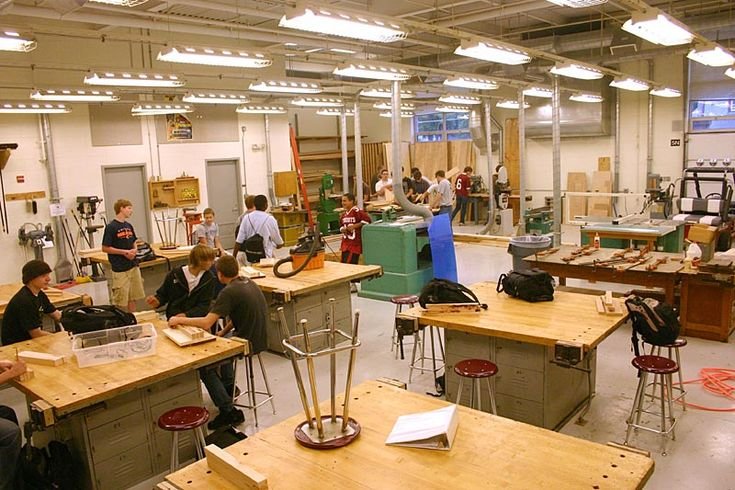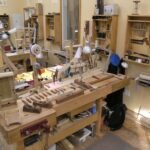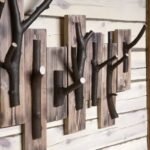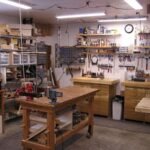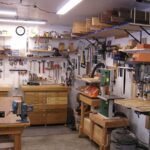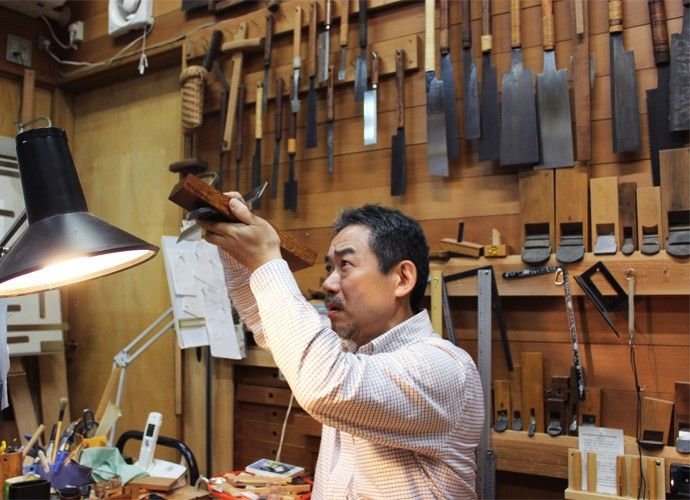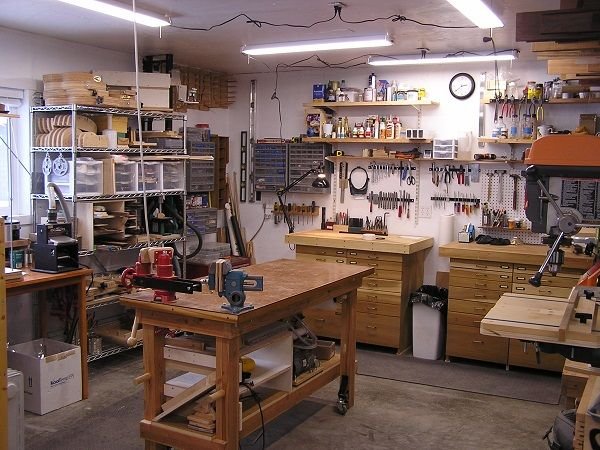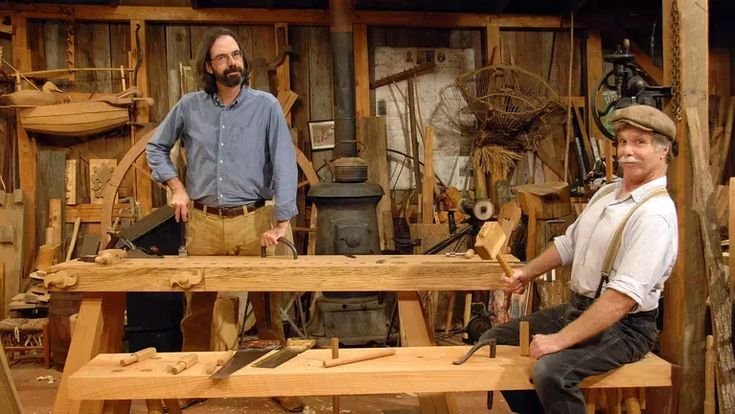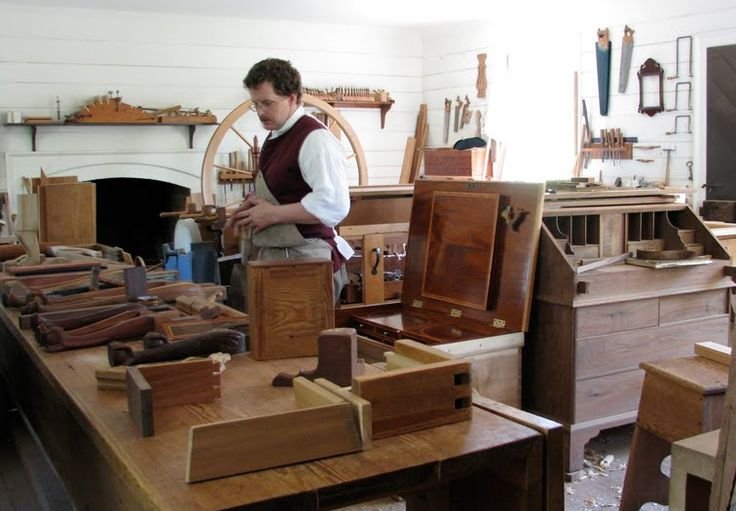Coffee, Wood, and a Bit of Chaos
You know, it all started on one of those lazy Sunday afternoons, the kind where you’ve got a cup of coffee steaming beside you and a pile of tools dusting the table like they’ve taken a long nap. I was sitting there, thinking I’d tackle a simple woodworking project. Just a little side table for my daughter’s art supplies. I figured it’d be easy-peasy—sure, I could handle that! Little did I know what was waiting for me.
Now, I’ve been fiddling with wood since I was a kid. My dad had this rickety old shed filled with scraps of plywood and tools that looked like they belonged in a museum. I grew up with the smell of sawdust in my nostrils, the sound of a circular saw buzzing like a swarm of bees. But this project? I was getting ahead of myself.
The Call of the Tools
I grabbed my trusty miter saw and a piece of pine, thinking, “Yeah, I can whip something together.” Pine is great for beginners—it’s soft, cheap, and forgiving. I mean, who hasn’t sliced through a piece of pine like it’s butter? But I had my heart set on a design I saw in this Canadian woodworking magazine I’d stumbled upon. I remember sitting in my chair, turning the pages while sipping my coffee; the photos looked glorious, and I felt my excitement bubbling up.
What was I thinking? I’m no expert, barely a hobbyist most days. But I figured, “Why not?” So I set to work, miter saw whirring, feeling all fancy-pants. The first few cuts went well. The wood went “thunk” as it hit the table, and I actually chuckled. “Look at me, I’m practically a pro,” I thought.
But here’s where things began to nosedive, and boy, it was a learning experience. I realized halfway through I didn’t have some critical measurements.
What Was I Thinking?
I had cut the back panel too short. I mean, not just a little off; we’re talking enough to make the piece look like a puppy trying to wear a sweater—it just didn’t fit right. And trust me, in the realm of woodworking, looking not quite right can feel like a full-on disaster. I remember staring at it, hands on my hips, feeling that familiar pit of frustration starting to churn in my stomach. I almost gave up!
But you know that moment when you sit down and remind yourself that every craftsman has faced their fair share of blunders? I took a deep breath, inhaling that lovely scent of cut pine mixing with the coffee still hanging out in my mug. It was a grounding moment; I thought about my dad in that shed, sanding down those rough edges and laughing at his own screw-ups. “Alright,” I muttered, “let’s fix this.”
A Patchwork of Solutions
So, I made a plan—a patchwork solution like something you’d find in a quilt. I had some scrap plywood lying around—good ol’ plywood. It’s cheap and comes in handy more times than I can count. I connected it to what I had already made and turned the table design into what I affectionately called “the art of improvisation.”
It was a bit shaky to my eye, but honestly? When I slapped on that coat of stain—Minwax, if memory serves me right—the richness of the color hit me like a ray of sunshine. The imperfections, the nail holes, all of it started to fade behind that polished finish. And when I started to assemble it, to hear those satisfying “thunk” sounds again as I pounded in the screws, my spirits lifted. I laughed when it actually started looking somewhat like what I had envisioned, despite everything.
Ties That Bind
And let me tell you, the best part wasn’t just the table coming together; it was when I walked it into my daughter’s art room. I set it down, and her face lit up like a Christmas tree. “Daddy made this!” she squealed, her tiny hands already searching for crayons and stickers. That warmth filled me up more than any cup of coffee ever could.
All those little lessons learned throughout that project stick with me. Like, don’t rush things—measuring twice really does save you more than just wood; it saves your sanity. I could have avoided a lot of headache had I just paused to double-check things.
Final Thoughts
So if you ever find yourself sipping coffee and thinking about diving into a woodworking project, do it! Don’t overthink; just embrace the mess, the mistakes, and the possibilities. You might find yourself needing to patch some things up—or just reimagine what that project could be. And who knows, the end result might surprise you.
Remember, all those who’ve picked up a tool have had their moments of doubt, and that’s part of the fun. Some beautiful things come from imperfection, and in the end, it’s not just about the piece you create; it’s about the laughs, the chaos, and the love you pour into it. Go for it—let your hands get messy, and you might just end up with something that feels a little piece of your heart.

